41 label the different areas of the sun
Surface Features of the Sun ( Read ) | Earth Science The most noticeable surface features of the Sun are cooler, darker areas known as sunspots ( Figure below ). Sunspots are located where loops of the Sun's magnetic field break through the surface and disrupt the smooth transfer of heat from lower layers of the Sun, making them cooler, darker, and marked by intense magnetic activity. What Are The Layers Of The Sun? - WorldAtlas The layers of the Sun are divided into two larger groups, the outer and the inner layers. The outer layers are the Corona, the Transition Region, the Chromosphere, and the Photosphere, while the inner layers are the Core, the Radiative Zone, and the Convection Zone. There are four outer layers of the Sun, and the Corona is the outermost one.
Understand Your Garden's Sun and You'll Know What to Plant Where Sunlight, water, and soil are the key components for healthy foliage, flowers, and fruit. Of course, the amount of light your yard gets will change throughout the day as shadows from building and taller plants move with the sun. Most plants will thrive in at least six hours of direct sunlight, which for gardening purposes is called full sun.

Label the different areas of the sun
Position of the Sun - Wikipedia Since the Earth rotates at a mean speed of one degree every four minutes, relative to the Sun, this 16-minute displacement corresponds to a shift eastward or westward of about four degrees in the apparent position of the Sun, compared with its mean position. A westward shift causes the sundial to be ahead of the clock. "Parts" of the Sun | Center for Science Education Scientists who study the Sun usually divide it up into three main regions: the Sun's interior, the solar atmosphere, and the visible "surface" of the Sun which lies between the interior and the atmosphere. There are three main parts to the Sun's interior: the core, the radiative zone, and the convective zone. The core is at the center. Layers of the Sun - The Sun Today with Dr. C. Alex Young The Sun, as shown by the illustration to the left, can be divided into six layers. From the center out, the layers of the Sun are as follows: the solar interior composed of the core (which occupies the innermost quarter or so of the Sun's radius),; the radiative zone, ; and the convective zone,; then there is the visible surface known as the photosphere,
Label the different areas of the sun. 6(h). Earth-Sun Geometry - Physical Geography The average distance of the Earth from the Sun over a one-year period is about 149.6 million km. Figure 6h-2: Position of the equinoxes, solstices, aphelion, and perihelion relative to the Earth's orbit around the Sun. The equinoxes and solstices should be 90º apart in the ecliptic plane. Anatomy of the Sun Diagram | Quizlet With a temperature of about 15 million degrees Celsius, it is the central region of the Sun. Under the force of gravity, hydrogen fuses to form helium and releases large amounts of energy in the process Radiative Zone It is the layer above the core. Sun - Internal structure | Britannica As the average mean free path in the Sun is about 10 centimetres (4 inches), the photon must take 5 × 10 19 steps to travel 7 × 10 10 centimetres. Even at the speed of light this process takes 170,000 years, and so the light seen today was generated long ago. The final step from the Sun's surface to Earth, however, takes only eight minutes. The Sun and Sunspots - National Weather Service Sunspots: One interesting aspect of the Sun is its sunspots. Sunspots are areas where the magnetic field is about 2,500 times stronger than Earth's, much higher than anywhere else on the Sun. Because of the strong magnetic field, the magnetic pressure increases while the surrounding atmospheric pressure decreases.
The Ocean Zones - WorldAtlas The sunlight zone, twilight zone, and deep ocean are the three major zones of the ocean. The deep ocean is further divided into 3 layers which are the midnight zone, the abyss and the trenches. The ocean covers more than 70% of the Earth's total surface and contains roughly 97% of all its water. Layers of the Sun | NASA The outer layers are the Photosphere, the Chromosphere, the Transition Region and the Corona. IRIS will focus its investigation on the Chromosphere and Transition Region. More detail on the outer layers follows: Photosphere - The photosphere is the deepest layer of the Sun that we can observe directly. PDF The Sun Worksheet - Northland Preparatory Academy Unlike Earth, the sun does not have a solid surface. Like Earth, the sun has an interior and an atmosphere. The sun's interior consists of the core, radiation zone, and convection zone. Each layer has different properties. The sun produces an enormous amount of energy in its core, or central region. The sun's energy comes from nuclear fusion. PDF All About that Tilt: Sun and Seasons - NASA activity to see how the angle of the Sun affects your shadow. For example, if you were standing at 45ºN latitude, the noon Sun angle at summer solstice would be: 45° N - 23.5° N = 21.5° 90° - 21.5° = 68.5° is the noon Sun angle . Find these Sun angles: Noon Sun angle at equinoxes. 45° N - 0° N = 45° 90° - 45° = ____° is the ...
Earth's rotation around the Sun and the sequence of four seasons The Earth rotates around its inclined axis (itself) once every 24 hours (one day), and the side (hemisphere) of the Earth that faces the Sun during this rotation becomes bright or day, While its other side becomes dark or night, The rotation of the Earth around its axis causes the sequence of the day and the night. The Sun, Earth, and Cardinal Directions - National Geographic Society 3. Look for a pattern in the sun's location in the morning and afternoon. Track the sun's location in this way for five days and then ask students if they have noticed a pattern. Together write a sentence that explains what they have observed and what they would expect to see in the future. 4. Observe north and south, and label the classroom ... Understanding Astronomy: The Sun and the Seasons - Weber State University The Sun from Different Latitudes. The sun's location with respect to the stars doesn't depend on your observing location on earth, so you now know enough to figure out how the sun appears to move through the sky from other locations. If you travel east or west, you'll see the sun rise and set earlier or later, respectively, just like a star would. Parts of the Sun Flashcards | Quizlet Radiation Zone Area in the mantle where heat radiates throughout the Sun's interior. Core Layer of the Sun where nuclear fusion occurs. Convection Zone Current in the Sun's mantle that transfers heat in the Sun's interior. Sun Spots
Layers of the Sun | Parts of the Sun | DK Find Out At the very center is the dense, hot core. Around the core lie two layers: a thick layer called the radiative zone and a thinner, cooler layer called the convective zone. Surrounding all of them is the sun's surface layer, known as the photosphere. Above this lies the sun's thin atmosphere, which is made up of the chromosphere and the corona.
Layers of the Sun | Science Facts Corona: The Outer Layer The outermost layer is the corona and can be seen during a solar eclipse when the sun is blocked by the moon. This layer is hotter than the surface of the sun. Less Than Five - Layers of the Sun Explained - Outer Layers Watch on The sun has many chemical elements but since it is so hot they are in a gaseous state.
What are the Parts of the Sun? - Universe Today Convective Zone: Outside the radiative zone is another layer, called the convective zone, where heat from inside the Sun is carried up by columns of hot gas. Most stars have a convective zone. In...
PDF Parts of the Sun - Montana Parts of the Sun Student Sheet(s) 1. Core: This is the center layer of the sun. This is where all the sun's heat and light is made. 2. Radiative Zone: The heat and light move from the core into this layer. 3. Convection Zone: In this layer, the gases move like boiling water.
What Is the Sun's Role in Climate Change? The Sun powers life on Earth; it helps keep the planet warm enough for us to survive. It also influences Earth's climate: We know subtle changes in Earth's orbit around the Sun are responsible for the comings and goings of the past ice ages. But the warming we've seen over the last few decades is too rapid to be linked to changes in Earth ...
Sun - Earth Relationship: The Seasons | Earth Science - Lumen Learning The seasons are caused by the direction Earth's axis is pointing relative to the Sun. The Earth revolves around the Sun once each year and spins on its axis of rotation once each day. This axis of rotation is tilted 23.5 degrees relative to its plane of orbit around the Sun. The axis of rotation is pointed toward Polaris, the North Star.
The Structure and Composition of the Sun | Astronomy | | Course Hero Parts of the Sun: This illustration shows the different parts of the Sun, from the hot core where the energy is generated through regions where energy is transported outward, first by radiation, then by convection, and then out through the solar atmosphere. The parts of the atmosphere are also labeled the photosphere, chromosphere, and corona.
Anatomy of the Sun | NASA The Radiative Zone - Energy moves slowly outward, taking more than 170,000 years to radiate through this layer of the Sun. The Convection Zone - Energy continues to move toward the surface through convection currents of the heated and cooled gas.
Earth-Sun Relationships | National Geographic Society The northern hemisphere experiences summer during the months of June, July, and August because it is tilted toward the sun and receives the most direct sunlight. Inversely, summer for the southern hemisphere takes place during the months of December, January, and February because that is when it receives the most direct sunlight.
The Sun - Imagine the Universe! The three parts of the atmosphere, from the surface of the Sun outward are the photosphere, chromosphere, and corona. (Credit: NASA) The Photosphere Since the Sun is made up of hot gas, there isn't really a "surface" to it. Instead, as you move from space toward the Sun's core, the gas gets denser and denser.
Layers of the Sun - The Sun Today with Dr. C. Alex Young The Sun, as shown by the illustration to the left, can be divided into six layers. From the center out, the layers of the Sun are as follows: the solar interior composed of the core (which occupies the innermost quarter or so of the Sun's radius),; the radiative zone, ; and the convective zone,; then there is the visible surface known as the photosphere,
"Parts" of the Sun | Center for Science Education Scientists who study the Sun usually divide it up into three main regions: the Sun's interior, the solar atmosphere, and the visible "surface" of the Sun which lies between the interior and the atmosphere. There are three main parts to the Sun's interior: the core, the radiative zone, and the convective zone. The core is at the center.
Position of the Sun - Wikipedia Since the Earth rotates at a mean speed of one degree every four minutes, relative to the Sun, this 16-minute displacement corresponds to a shift eastward or westward of about four degrees in the apparent position of the Sun, compared with its mean position. A westward shift causes the sundial to be ahead of the clock.

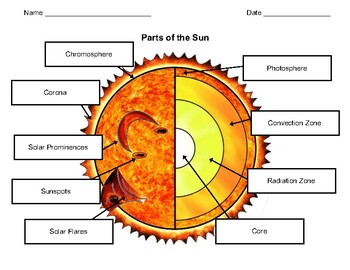



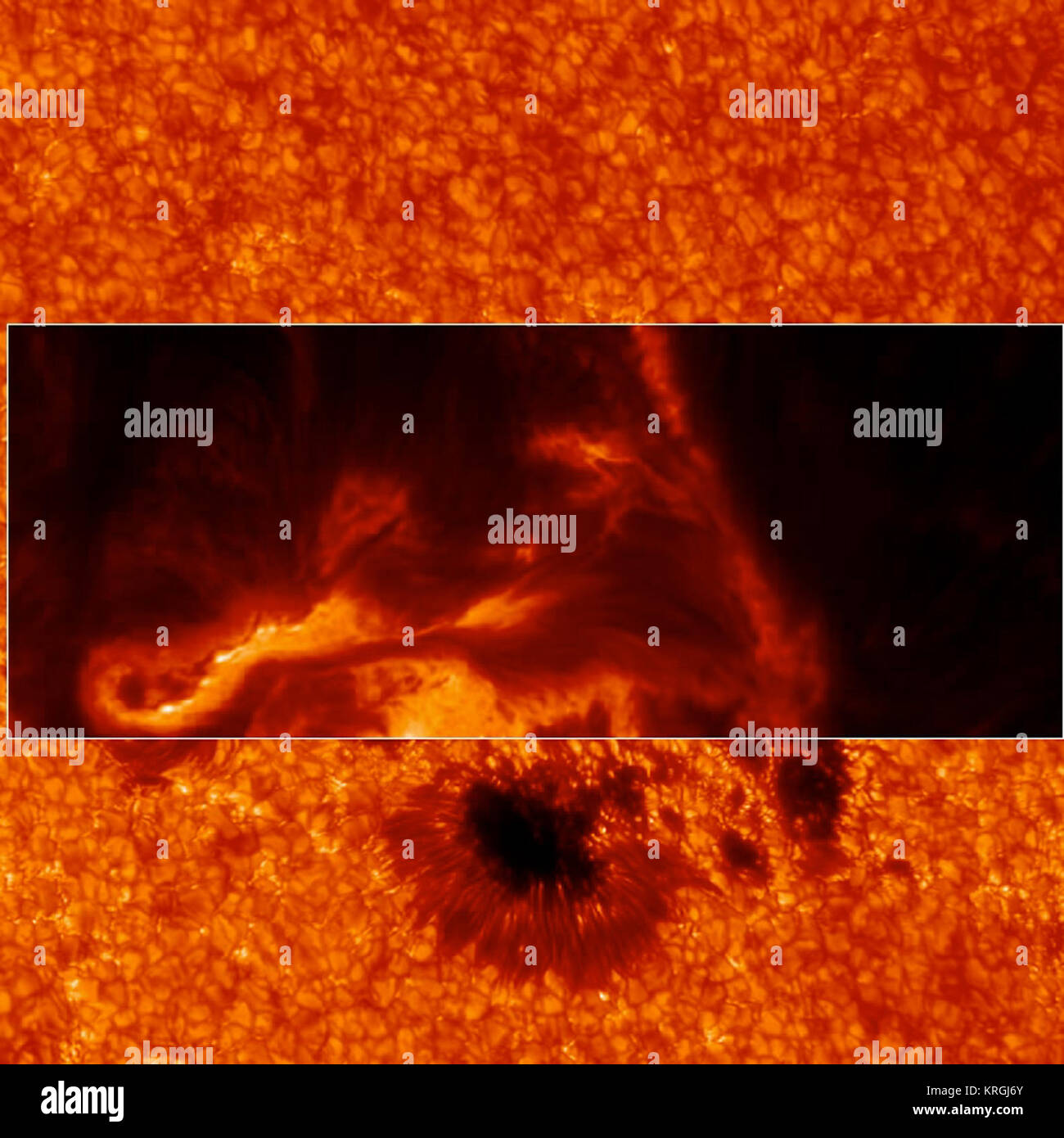




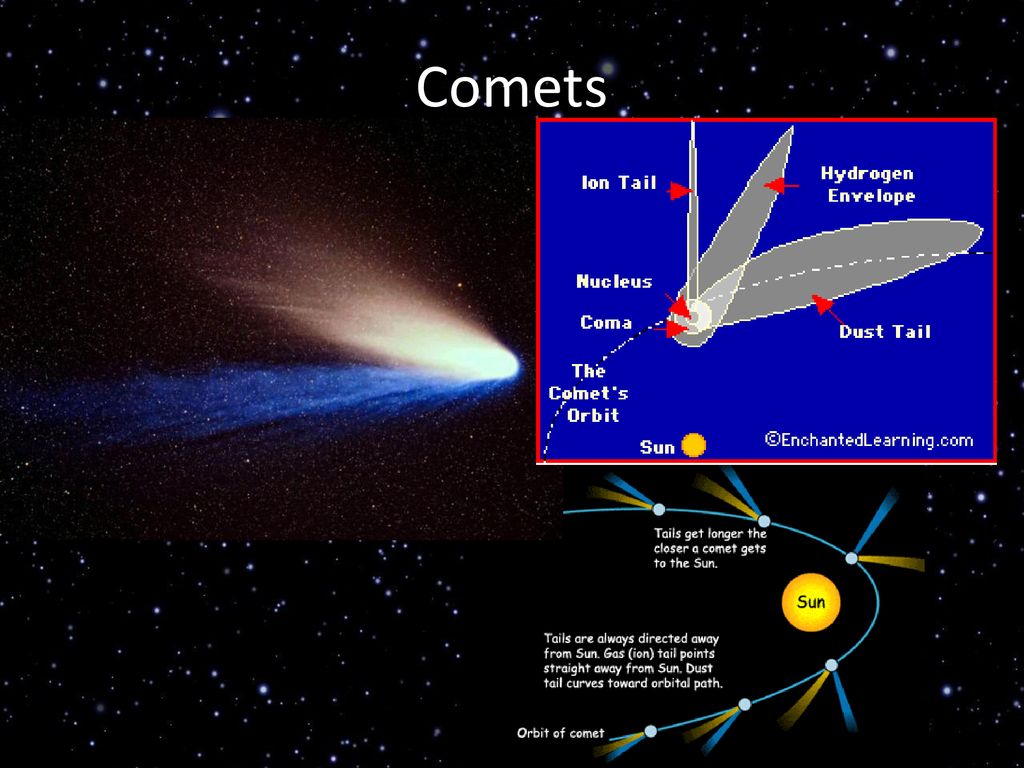
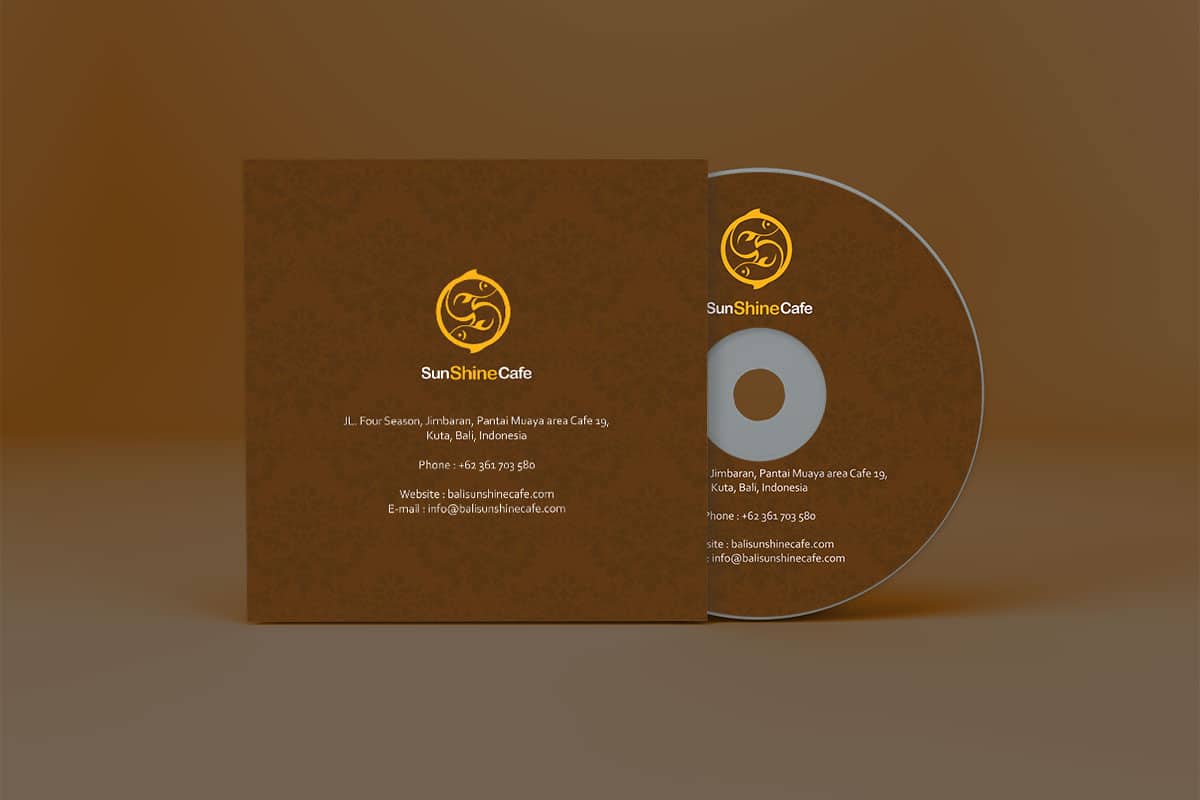
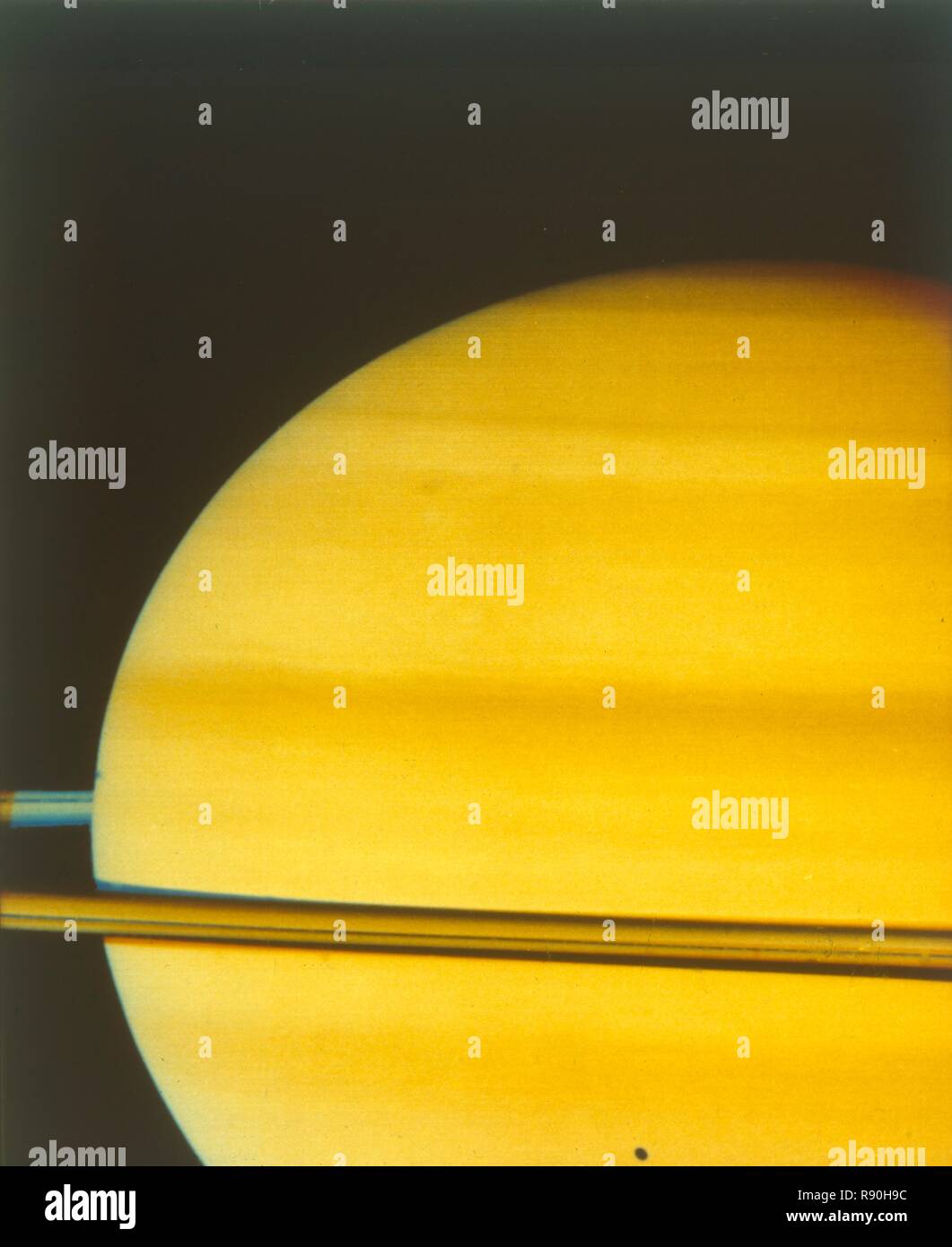








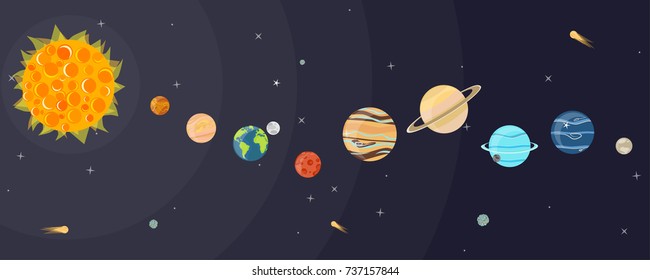


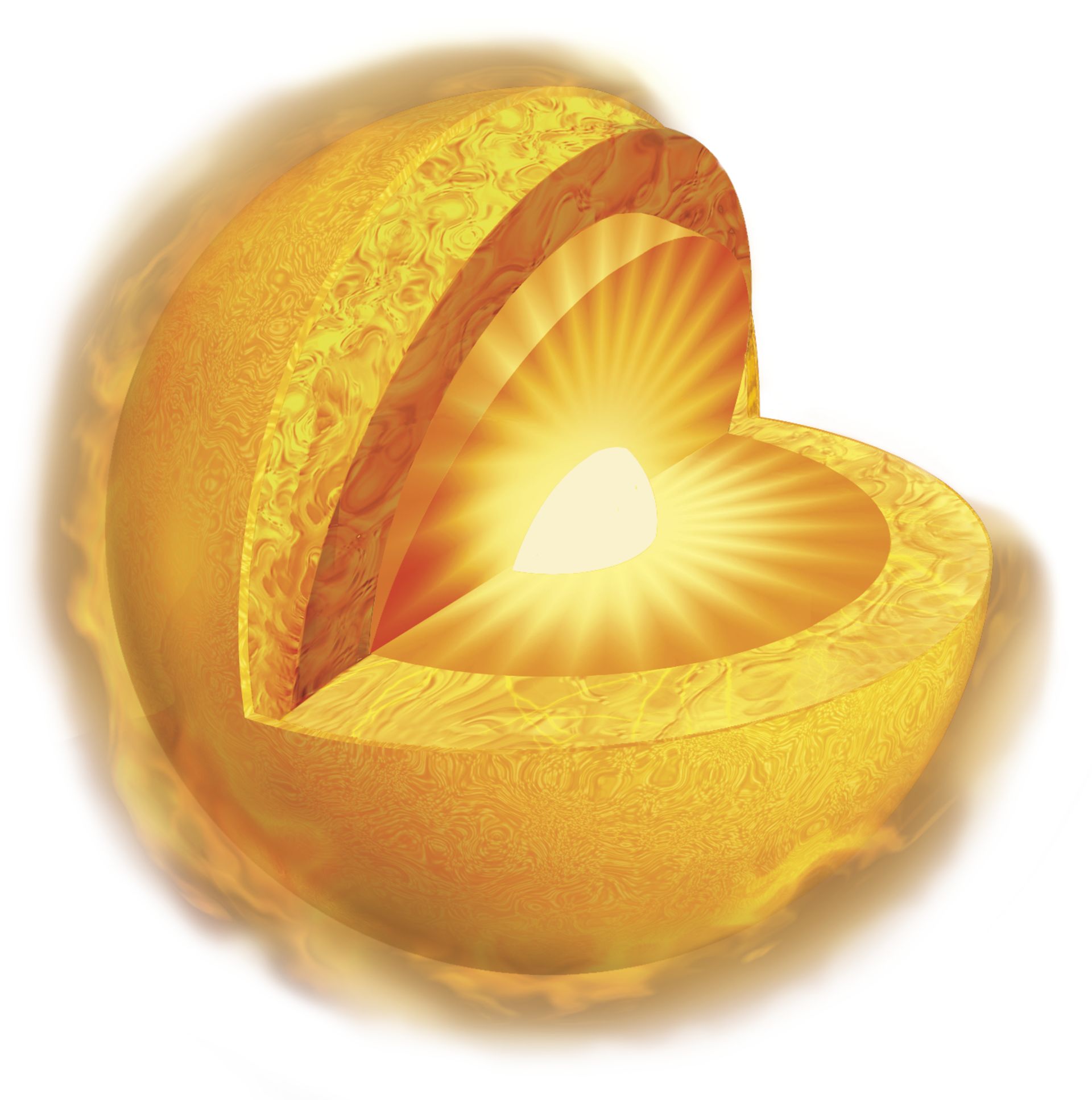
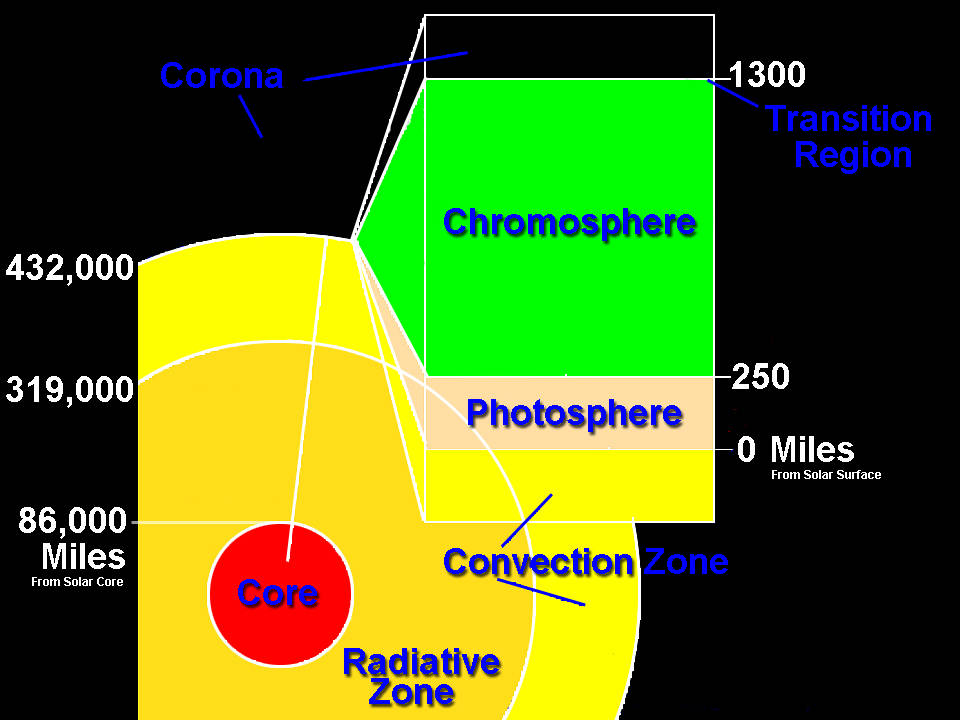

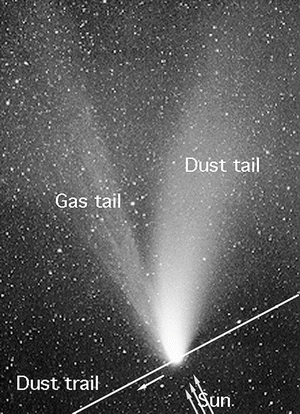

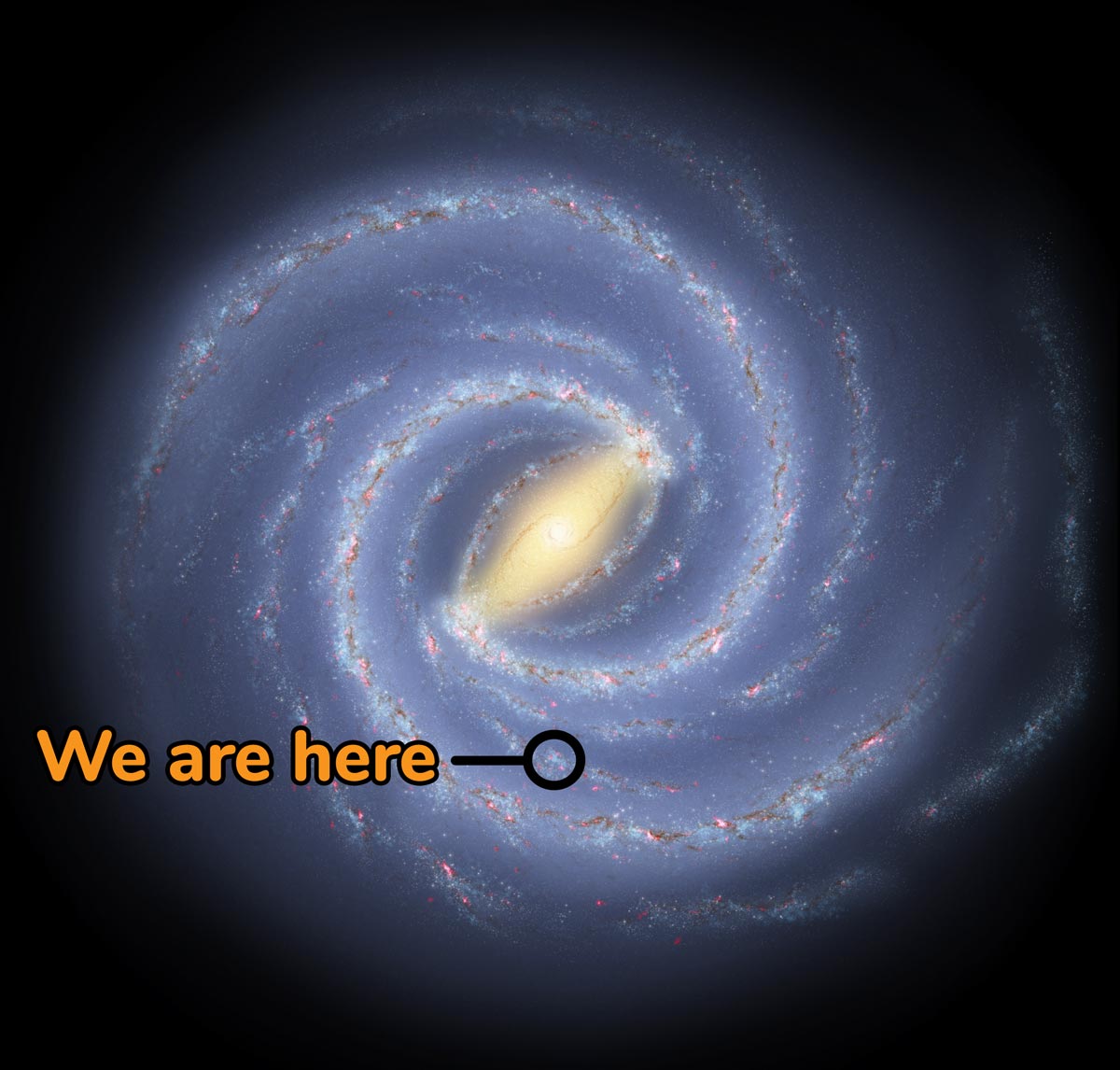
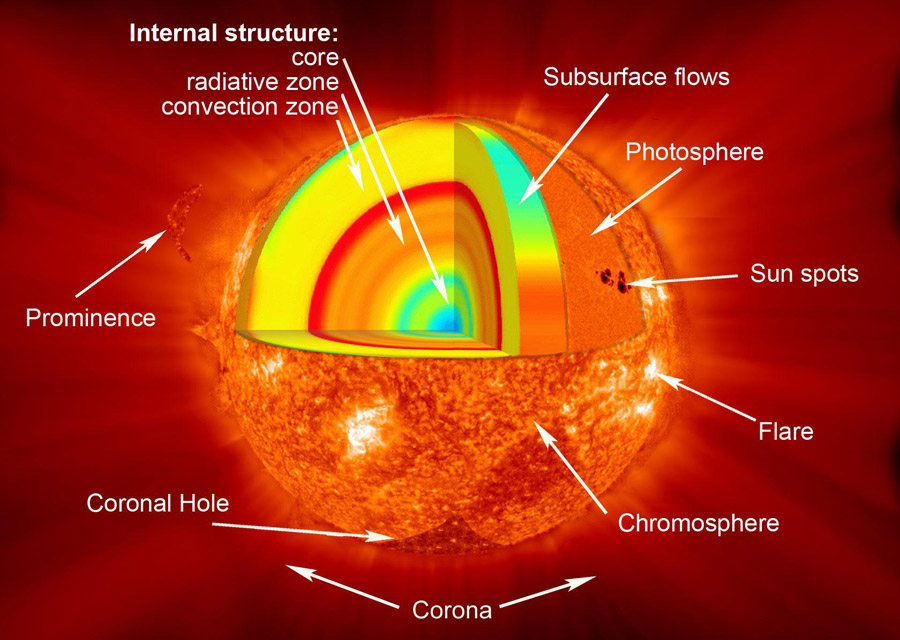

Post a Comment for "41 label the different areas of the sun"